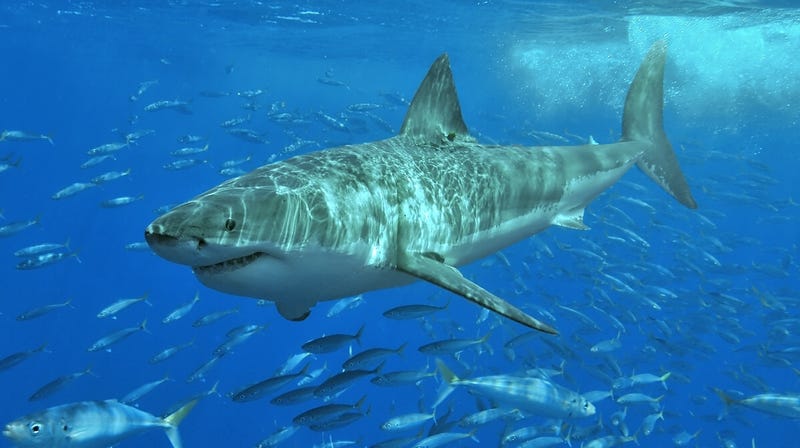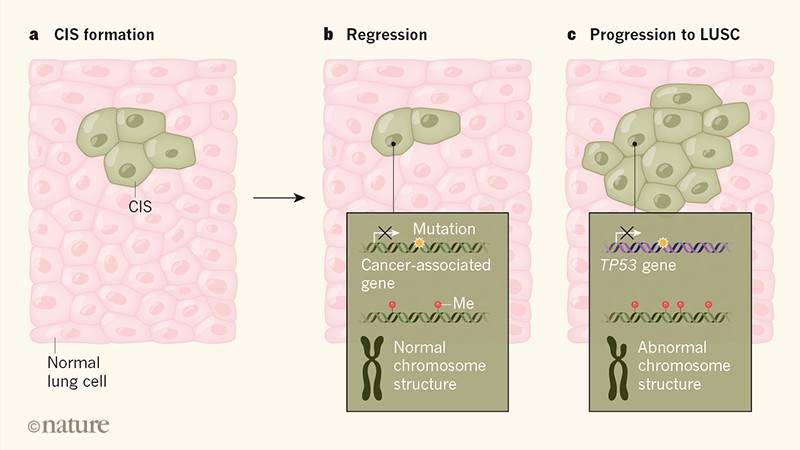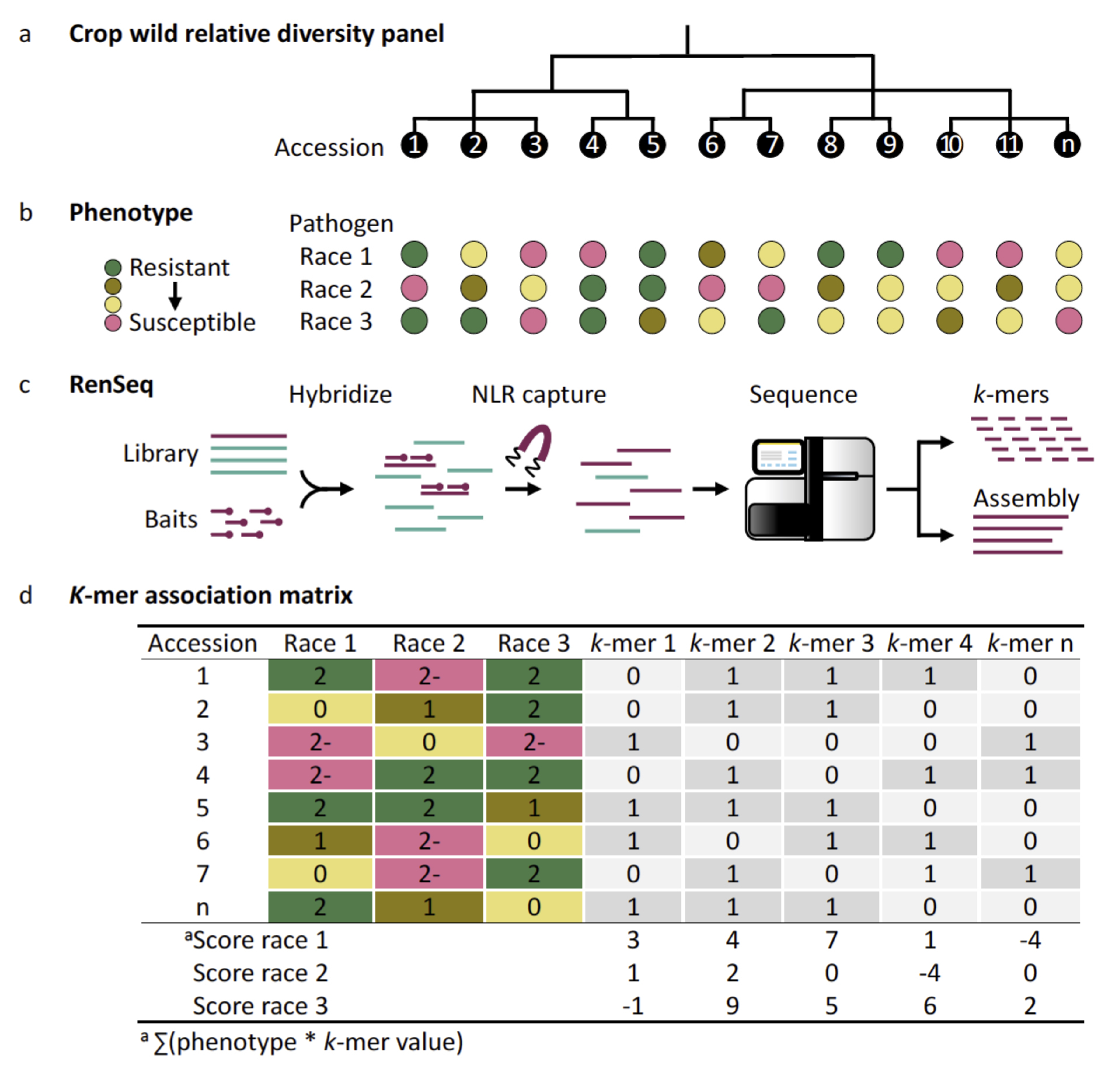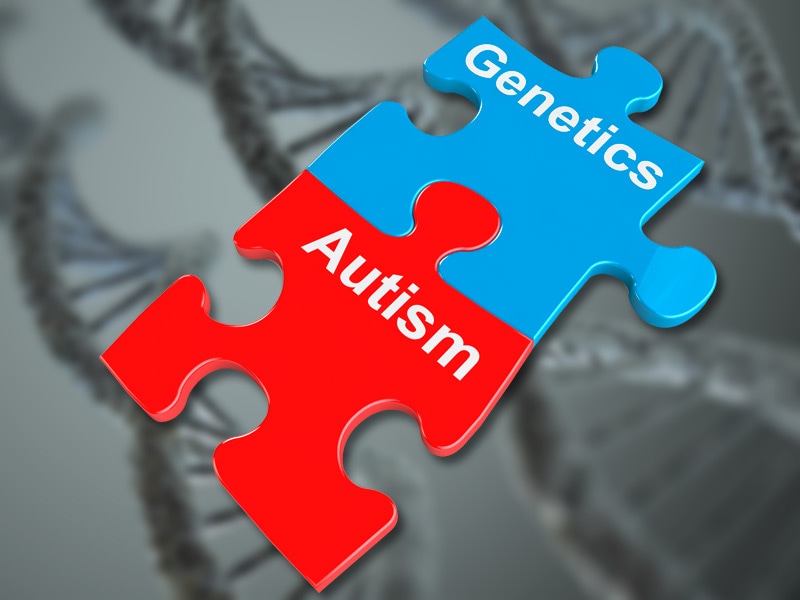Natural DNA is expressed by four different letters, referred to as bases – A, C, G, and T; where C and only bonds to G and A only bonds to T. These bases form bonds with their hydrogen atoms. The four natural bases of DNA are all anchored to molecular backbones. A pair of backbones can join into a double helix because their bases are attracted to each other. However, now DNA is new and bigger.
Steven A. Benner, a chemist and now distinguished fellow at the Foundation for Applied Molecular Evolution in Florida, and some of his colleagues reported that they have doubled the genetic alphabet. Dr. Benner and his colleagues have built DNA with eight bases – four natural, and four unnatural. They named their new system Hachioji DNA; hachi is Japanese for eight and moji is for letter.
At first, they only created one new pair of bases. The six-base DNA became the basis of a new, sensitive test for viruses in blood samples. Although, they then moved forward and created another pair of bases. From there, with the eight bases, the researchers started building DNA molecules with a variety of different sequences. The researchers found that no matter which sequence they created, the molecules still formed the standard double helix. Additionally, Dr. Floyd E. Romesberg, of the Scripps Research Institute in San Diego, attempted to create his own bases. He chose to established a pair of oily compounds that repelled water. This brought the unnatural pair of bases together because “oil doesn’t like to mix with water, but it does like to mix with oil”. Dr. Romesberg and his colleagues also established enzymes that could copy DNA made from both the natural bases and unnatural, oily ones. The scientists continued by engineering bacteria that could make new copies of these hybrid genes. Dr. Romesberg’s team also began making unnatural proteins from these unnatural genes. Andrew Ellington, an evolutionary engineer at the University of Texas, led the effort to find an enzyme that could read Hachimoji DNA. He and his colleagues found one made by a virus, and they manipulated to easily read the eight bases.
In the future, Hachimoji DNA may store information of a different types. This could mean expanding the capacity to store digital dat (encoding a movie or a spreadsheet). Since DNA has the capability to remain intact for centuries, researchers at Microsoft and the University of Washington managed to encode 35 songs, videos, documents, and other files, totaling 200 megabytes, in a batch of DNA molecules.
The fact that there have been bases added to the known four DNA bases is remarkable. This could be an indicator that there is possibility of life outside what we know now. It just goes to show that even something we think to be factual, known, and proven can be altered. It presents change as inevitable.



















